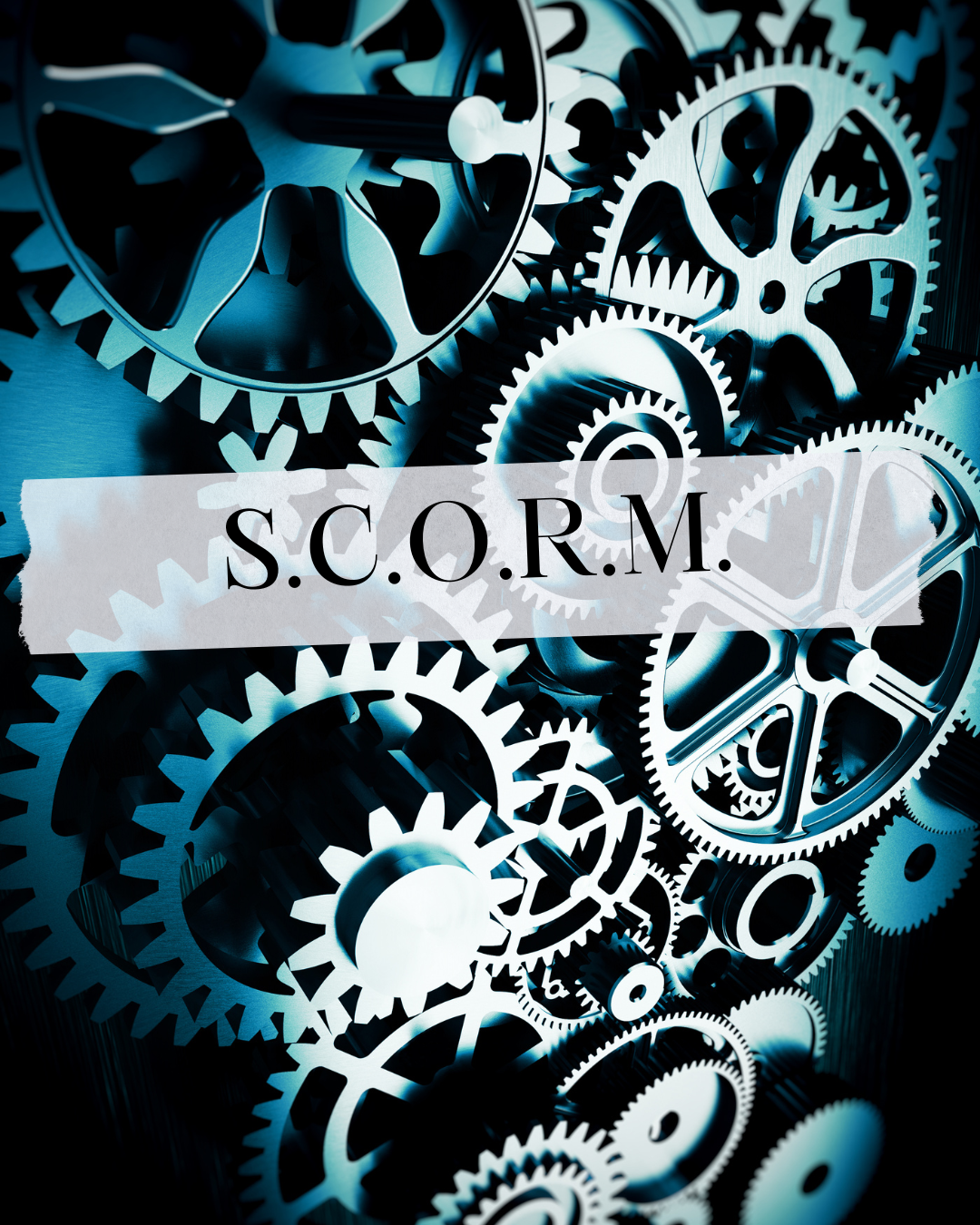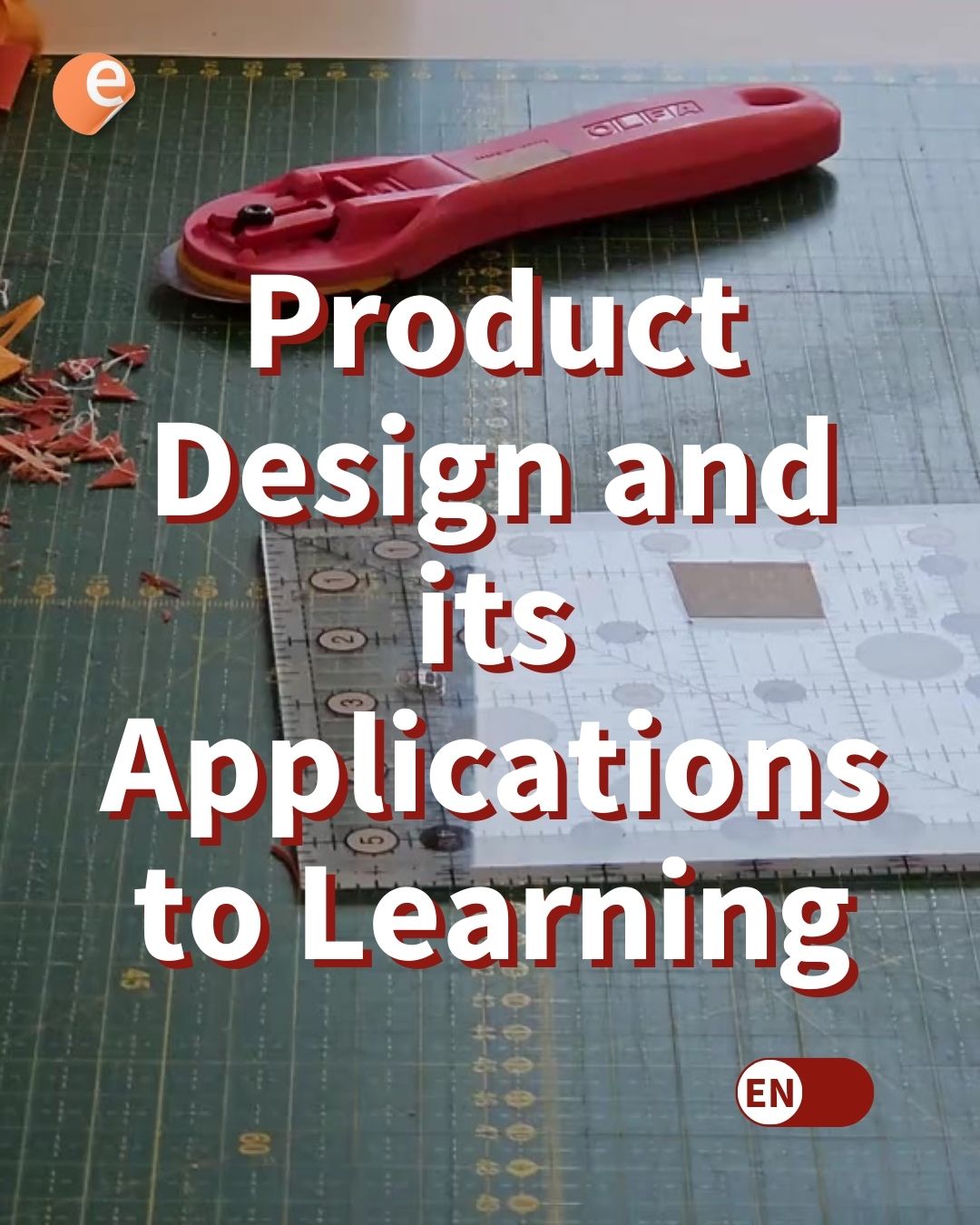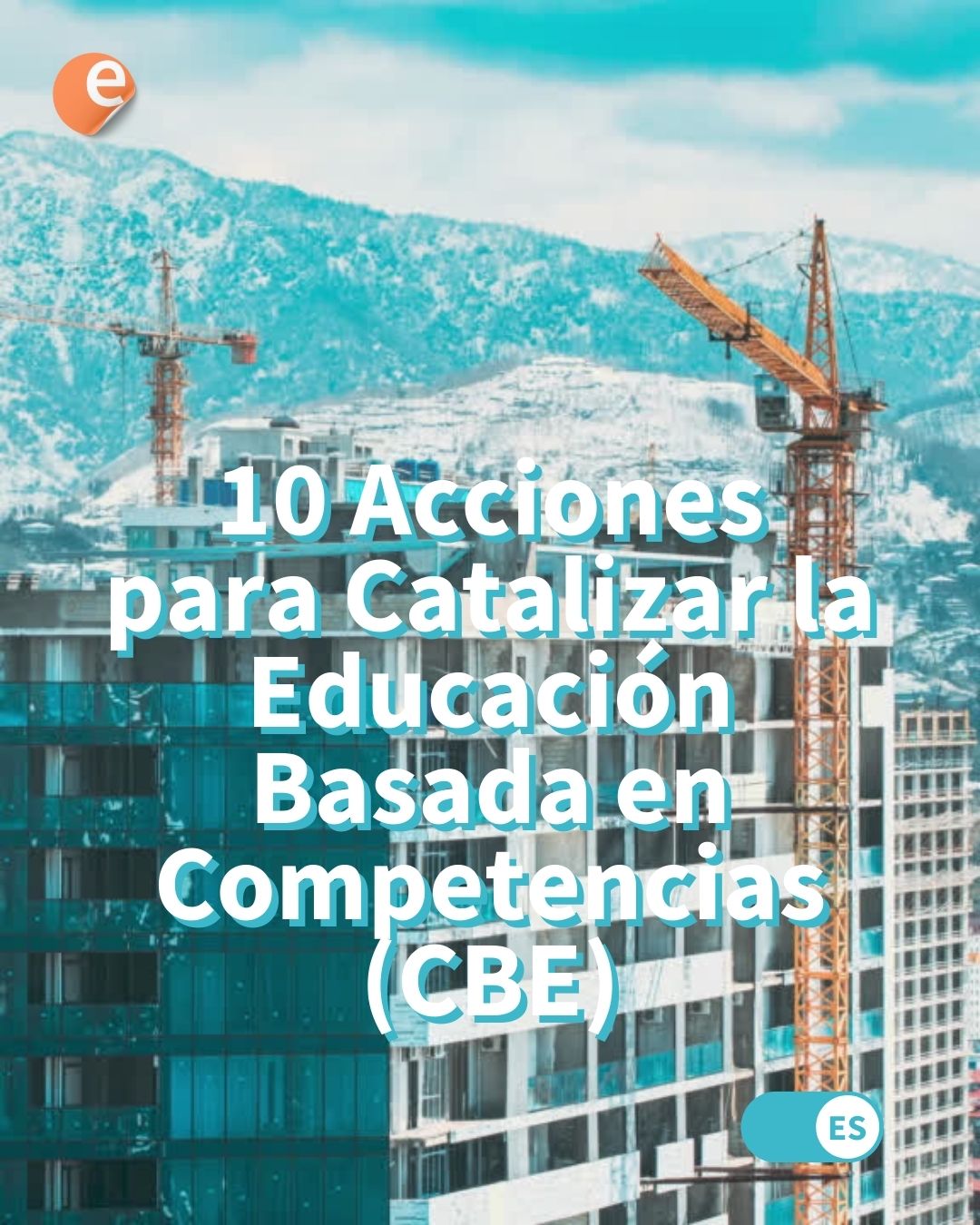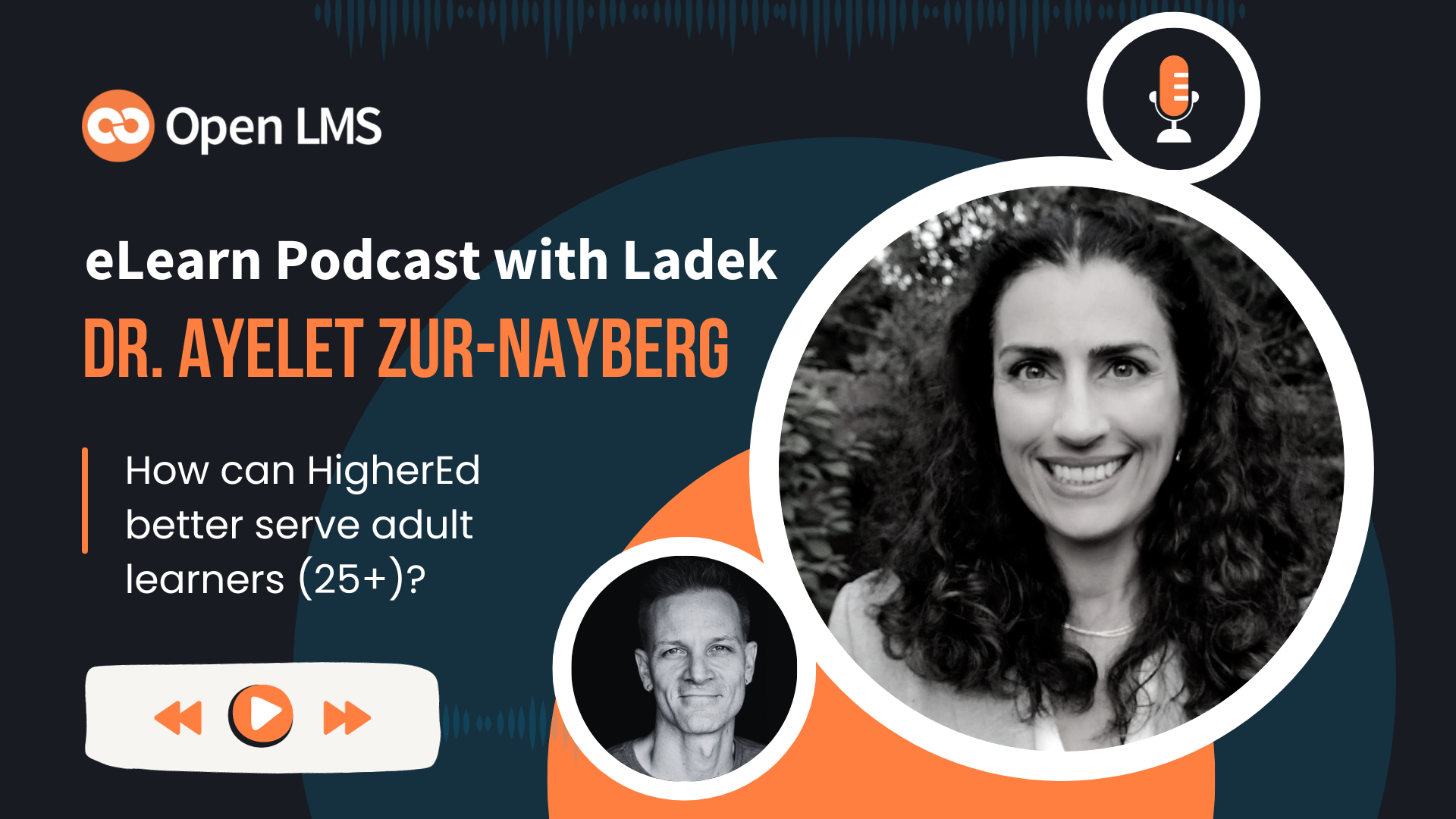By Tara Morey, Rustici Software.
Part of the Learning Technologies UK conference session, “Embracing Openness: Using Open Source and Open Standards to Power Up Your Learning Ecosystem”
As proud Nashvillians, we at Rustici Software are well-versed in music, and we also happen to know quite a bit about eLearning standards. When it comes to understanding SCORM, it can be helpful to use a real-world analogy.
Think of creating SCORM content as producing music using an editing tool like Pro Tools or GarageBand, and then saving the music as an MP3 file. This file can be played on various devices such as iTunes, Windows, Android or iPhone. Similarly, SCORM content is designed to be interoperable with any LMS that supports the version you published your content in.
Whether you’re an instructional designer, training administrator or course developer, you likely have the same goal with your learning content: For your customers or learners to be able to play and complete your courseware and see reports. And using eLearning standards is how you can ensure plug and play interoperability between your content and their Learning Management System (LMS).
What is SCORM?
SCORM, or Sharable Content Object Reference Model, is the most widely used set of technical standards for eLearning software products. It guides programmers on how to write their code so that it can be compatible with other eLearning software. With SCORM, your eLearning content will be playable and the same data will be captured regardless of the LMS. The Big 4 interactions (completion, score, time, and satisfaction) are tracked by SCORM.
The US Congress provided funds to the National Guard in 1996 to develop electronic classrooms and learning networks, which generated interest in EdTech initiatives by other agencies. As the number of information technology projects increased in defense and security contexts, the Advanced Distributed Learning (ADL) initiative was established, overseen by the Under Secretary of Defense for Personnel and Readiness. ADL aimed to unify existing online learning programs and borrowed ideas from AICC, a specification for EdTech from an aviation industry committee in the late 80s.
In 2001, the Sharable Content Object Reference Model (SCORM) was introduced. Shortly after its release, SCORM 1.2 was launched, which added some missing elements from version 1 and quickly became the most successful EdTech standard to date. Despite the expanded functionality and ongoing updates of SCORM 2004, the 15-year-old version remained dominant.
Why use SCORM?
Using SCORM is an excellent choice for anyone creating online content, such as computer-based training, distance learning or eLearning, that will be played in an LMS. The plug and play interoperability that SCORM provides ensures that your courseware will work on any system that supports the SCORM version you published your content in, saving you time and money.
Where can I learn more about SCORM?
If you’d like to learn more about SCORM, take a look at this free SCORM basics eBook that explains the benefits of using SCORM, what data is tracked, how to get started, and best practices for creating SCORM content. And if you happened to join Learning Technologies UK conference session, “Embracing Openness: Using Open Source and Open Standards to Power Up Your Learning Ecosystem,” learn more in this link.









